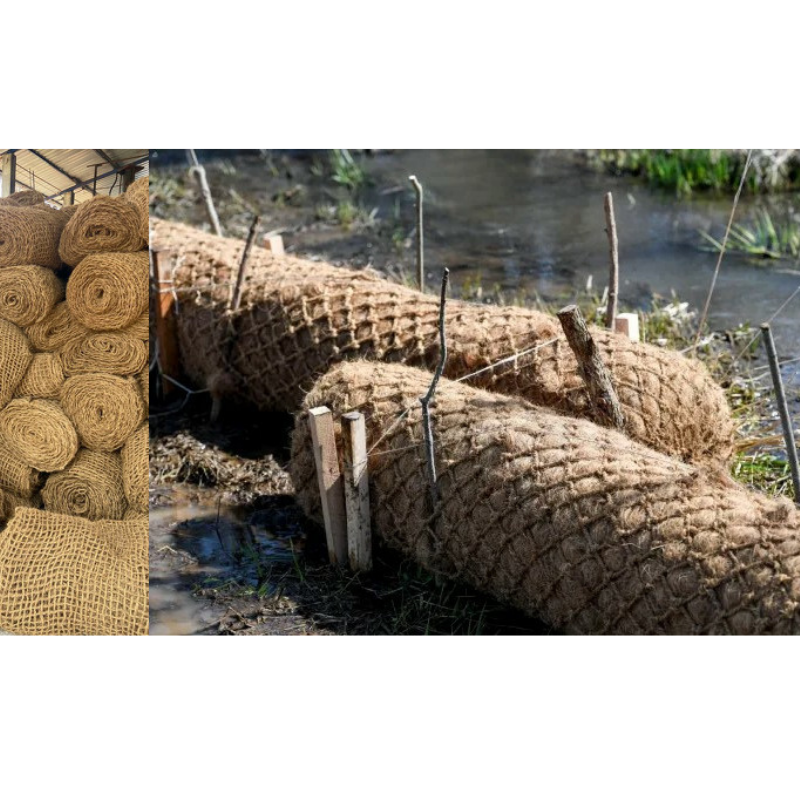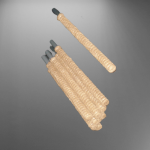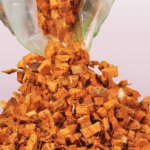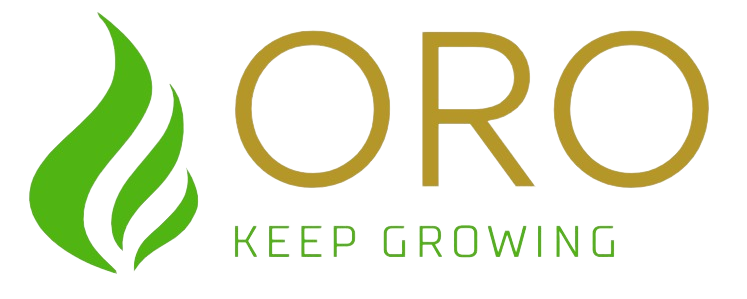Our Products
Coco Peat
Coco peat (also known as coir peat or coconut peat) is a natural fiber extracted from the husk of coconuts. It is a valuable by-product of the coconut fibre processing industry. Coco peat is widely used as a growing medium in many agriculture, horticulture and other applications, some of them are listed below.
• Hydroponics.
• Gardening and land escaping.
• Seed starting/nurseries.
• Potting mix.
• Erosion controlling.
• Waste water filtration.
• Animal bedding.
• Oil spill removing.
It has several beneficial properties, including:
Moisture Retention: Coco peat can hold water up to 8 times of its weight, making it an excellent substrate for plants that require consistent moisture.
Aeration: It provides good aeration to plant roots, preventing waterlogging and promoting healthy root development.
pH Neutral: Coco peat is pH neutral, which means it can be used with a wide range of plants without causing significant fluctuations in soil pH.
Sustainability: It is a renewable and biodegradable resource, making it an eco-friendly choice for gardening and farming.
Low Salinity: Coco peat typically has low salinity levels, which is important for sensitive plants.
Versatility: Coco peat is used in various forms, including compressed blocks, loose fibers, and growing bags.
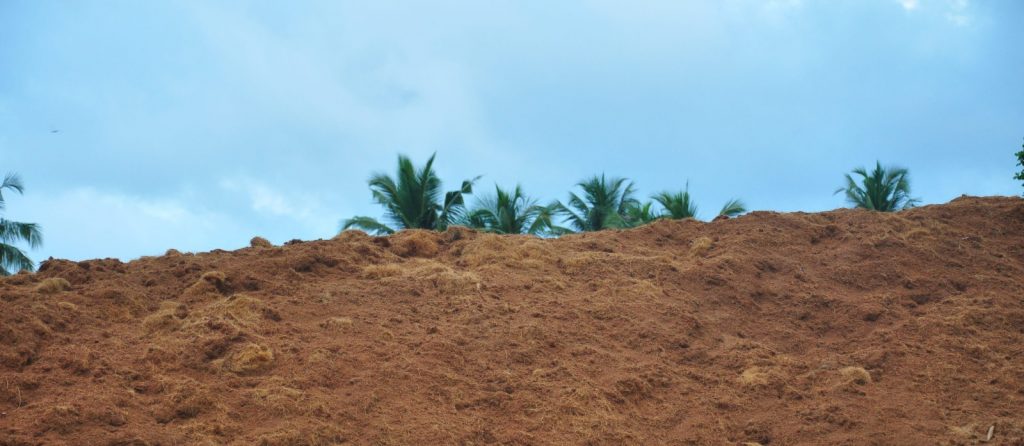
Coco Grow Bags
Coco Grow bags are specialized containers designed for growing plants in a hydroponic system. Hydroponics is a method of growing plants without soil, where plants receive all their essential nutrients through a nutrient-rich water solution. Coco Grow bags are one of the many containers used in hydroponic systems. Here are some key features and information about hydroponic planter bags:
Growing Medium: In Coco Grow bags, a growing medium such as coco peat (coir peat), Coconut Husk Chips, perlite, vermiculite, or a mix of these materials is used to support the plant and its root system. The growing medium retains moisture and nutrients while allowing for proper aeration.
Nutrient Delivery: Coco Grow bags are part of a larger hydroponic system. A nutrient solution containing essential minerals and nutrients is delivered directly to the plant’s roots either through a drip system, wick system, or other hydroponic methods. Excellent characteristics of coco peat make it an extremely accommodating hydroponic (soilless) substrate. Given that it is organic, the medium has a high Cation Exchange Capacity, which enables nutrients to be absorbed and supplied to the plants as needed.
Plant Types: Various plants can be grown in Coco Grow bags, including vegetables, herbs, flowers, and even small fruiting plants. They are particularly useful for gardeners with limited space or for growing plants in non-traditional settings.
Ease of Maintenance: Hydroponic systems, including Coco Grow bags, are known for their efficient use of water and nutrients. They require careful monitoring of pH and nutrient levels to ensure plant health.
Advantages: Hydroponic systems, including Coco Grow bags, offer several advantages, such as faster plant growth, higher yields, reduced soil-related diseases, and the ability to grow plants in urban environments or areas with poor soil quality.
Coco Grow bags are a versatile option for those interested in exploring hydroponic gardening. They provide an accessible way to grow a variety of plants using a controlled nutrient-rich environment, making them popular among both hobbyists and commercial growers.
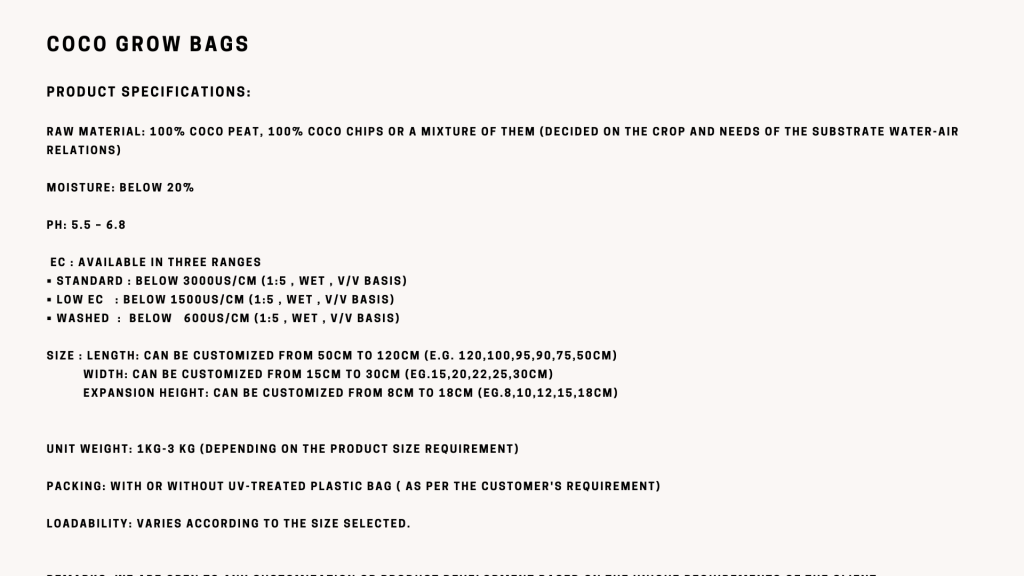
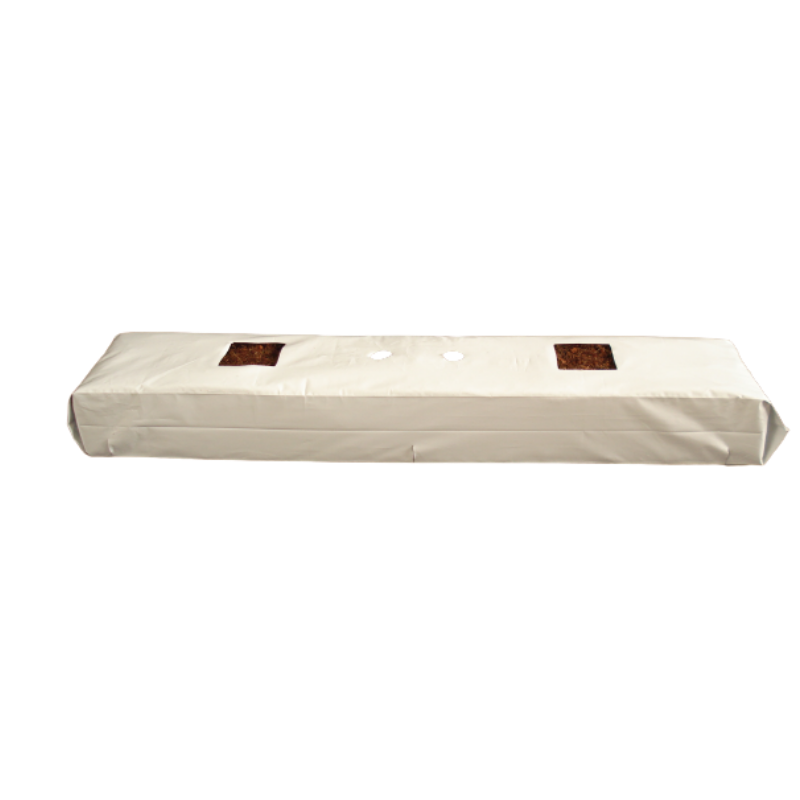
Coco Planter Bags
This innovative growing solution made of coco peat or a blend of coco chips has been gaining popularity for its numerous benefits, such as convenience of use, space-efficient method, customization ability of volume as per the specific need for the root zone of the crop, uniformity, and usability for multiple crop cycles. Coco peat planter bags have a wide range of applications in horticulture due to their versatility and eco-friendly nature. It has become one of the most popular growing techniques in commercial nurseries and greenhouses for vegetables, herbs, ornamental shrubs and fruit trees.


Coco Blocks
Coconut Coir Blocks: These are compressed blocks or bricks made from coconut coir fibers. Coconut coir is the natural fiber extracted from the husk of coconuts. These blocks are commonly used as a growing medium in gardening and agriculture. They are also known as coir blocks or coir peat blocks. When these blocks are hydrated, they expand and break apart into loose coir peat, which can be used as a soil amendment or a component of potting mixes. Coconut coir blocks are valued for their moisture retention, aeration, and sustainability.
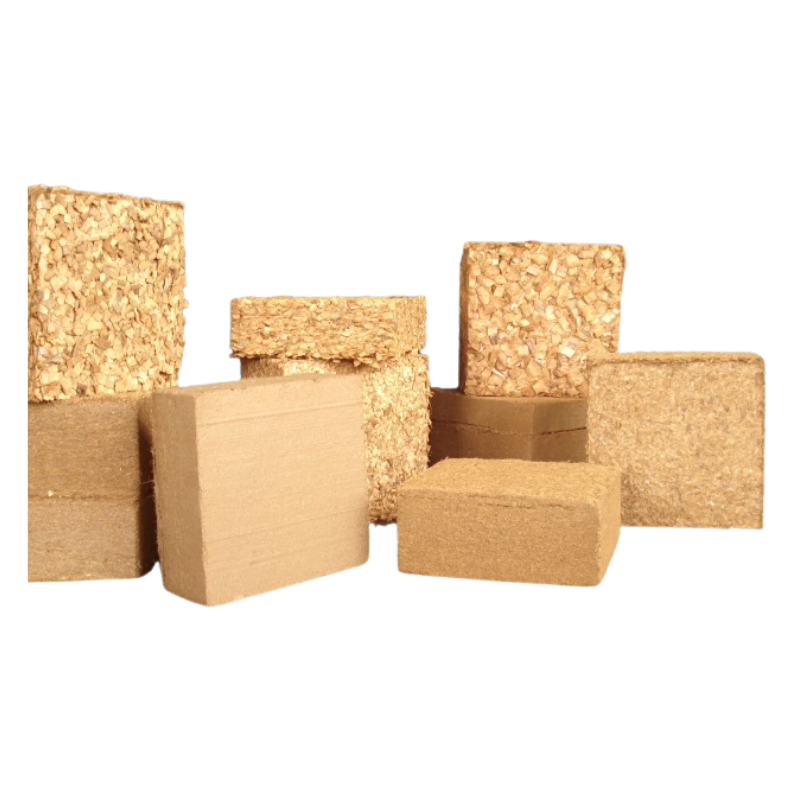

Coco Briquettes
Coco Briquettes are fairly high-compressed blocks or bricks made from coco peat, which is increasingly used in gardening, seed starting in nurseries, and mixing with soil in many agricultural applications due to their benefits such as improved soil structure, water retention, and aeration. The compressed format makes it easy to handle, transport, and store cost-efficiently. They are typically rehydrated by soaking in water. As they absorb water, they expand and can be easily broken apart and fluffed up for use. Their versatility and eco-friendliness make them a valuable resource for gardeners, horticulturists, and agricultural practitioners seeking sustainable and effective growing solutions.


Coco peat/Chips loose compressed bags
Loose Compressed Bag” is a specific type of packaging for Coco peat or Coco chips. The material inside the bag is loosely compacted, as indicated by the term “loose compressed.” It is designed to save space during storage and transportation. The user can tear the bag and use the material without adding water to reconstitute it, in contrast to compressed Coco peat blocks. Such bags are often used in commercial agriculture and gardening operations where larger quantities of Coco peat or chip are required. Gardeners and agricultural professionals find them convenient for their versatility, efficient storage and use in various applications like seed starting,, potting mixes, and soil conditioning and mulching in gardening.

Coir Fibre Bales
Coconut coir fibre, often referred to simply as coir, is a versatile and sustainable natural resource that has found widespread use in various agricultural, industrial, and ecological applications. Coconut coir fibre is derived from the husk of coconuts, the fruit of the coconut palm (Cocos nucifera). The husk, which surrounds the coconut seed, was traditionally considered a waste product. However, it has since gained recognition for its valuable fibres. The extraction process involves separating the fibres from the husk through mechanical and natural retting. Coconut coir fibre aligns with eco-conscious practices and contributes in a multitude of ways to a more sustainable and eco-friendly world.
Coir fibres are strong, durable, and resistant to abrasion. They have a natural golden brown colour and a coarse texture. Coir fibres find applications in various industries beyond agriculture. They are used to make ropes, mats, brushes, erosion control, soil reinforcement, and stabilization products. The natural resistance of coir to saltwater and decay makes it particularly suitable for marine and coastal applications.
Our Coir Fiber Bales are carefully processed to ensure consistency and quality, making them an ideal choice for various applications.


Coir Fibre Geotextiles & Coir Fiber Logs
The above products are crafted from 100% natural coir yarn, making them eco-friendly and biodegradable. These versatile products find extensive applications in landscaping and geotechnical engineering, serving as effective tools and sustainable methods of soil erosion control and vegetation promotion. It is derived from the abundant and renewable resource of coconut coir, which is extracted from the husks of coconuts. The fibrous coir is processed and woven into a fabric-like material that is robust, durable, and biodegradable. Coir fiber Geotextiles and Logs are widely used in various geotechnical applications, including
• Slope stabilization: It helps prevent soil erosion on slopes and embankments by stabilizing the soil and promoting vegetation growth.
• Erosion control: They are used to control erosion on riverbanks, coastal areas, construction sites, and other locations susceptible to soil loss.
• Road construction: The Geotextiles are incorporated into road construction projects to enhance soil stability and drainage.
• Landscaping: They are used in landscaping to create stable, erosion-resistant surfaces.
• Vegetation support: They provide support for the establishment of vegetation and the growth of plants in environmentally sensitive areas.
• Habitat Restoration: They support habitat restoration efforts by creating stable conditions for native plant growth.
